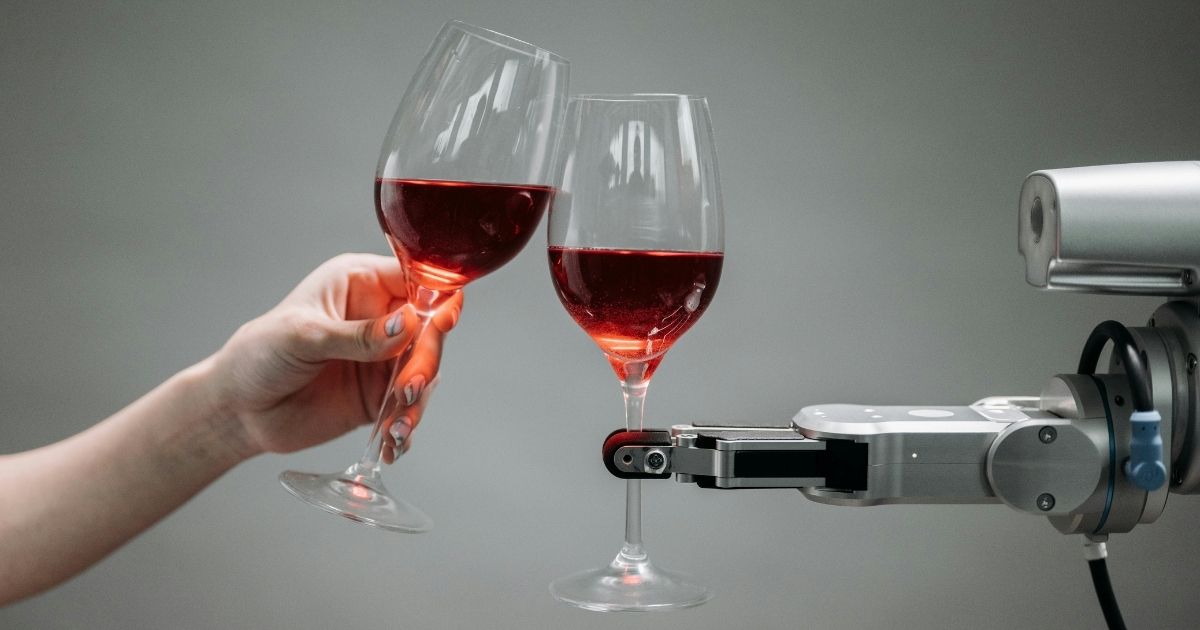Predicting 2025: The Future of Public Relations
By Melanie Wilt, Dan Toland, Emily Bennett and Cassie Jo Arend, Shift•ology Communication
As we approach 2025, the public relations landscape is poised for significant changes, driven by technological advancements, shifting consumer behaviors and the ongoing need for adaptability. Our Shift•ology Communication account management team’s PR predictions fall into three overarching categories:
- AI’s role and growing influence on communication
- Crisis communication and messaging
- Valuing Gen Z’s role as consumers and employees
Artificial Intelligence’s Role and Growing Influence on Communication
Dan Toland: As Artificial Intelligence becomes more widely used, it will become more apparent what is written and published using AI. Search algorithms will filter out content considered mostly AI-generated but will become more robust in using AI to provide customized results. There will remain a need to focus on the human side of AI content, ensuring it contains a human touch. Using AI to help compose content is acceptable, but ultimately, the content must still be original content.
The continued AI-ification of tools and devices for contextual and personal preferences will be significant.” For example, Google searches use Gemini AI to provide summarized and customized responses, and Apple’s latest iOS software update integrates Apple Intelligence to enhance various aspects of phone usage.
Emily Bennett: PR professionals will rely more on data analytics to demonstrate the ROI of their efforts. Tools that track sentiment, audience engagement and conversion rates will become indispensable. There will be a shift toward using AI-powered dashboards and metrics to link PR activities directly to business outcomes, proving their impact beyond media mentions.
Cassie Jo Arend: Human-centric communication will be necessary to break through the noise. With the flood of information consumers see daily, more tailored, transparent and authentic communication will be required to reach them. AI will continue to be both a tool and a challenge, with deep fakes and AI-generated content competing for space. AI will also grow in its value as a useful tool for PR.
Crisis Communication, Messaging and Tactics
Melanie Wilt, APR: I expect Journalism to rise from the ashes, looking quite different from the news media of the past. The citizen-journalist society has often used powerful tools to spread false and destructive information rather than credible, fact-checked content. Real journalists adhering to the Society of Professional Journalists’ Code of Ethics will play a vital role in fact-checking and verifying sources, helping to restore trust in the institution of news over social media sharing.
Science-based communication will be more crucial than ever in 2025. To expose and cut through misinformation, well-researched strategies delivered with scientific precision will be essential. There is no room for error or guesswork; communications must be equally bold and accurate to cut through misinformation.
Dan: As the City of Springfield experienced during the 2024 Election cycle, one crazy comment or rumor on the right stage can ignite a firestorm of real-life craziness and unforeseen crisis situations and threats. In a highly-polarized political environment set to undergo a significant change in 2025, it’s best to be as prepared as you can be for the unprepared.
Cassie Jo: Long-form videos will continue to decline in value, with live streams, short-form content and authentic, relatable media gaining traction in today’s fast-paced digital landscape. Audiences, driven by shorter attention spans, will increasingly favor content that feels genuine and unpolished over highly produced, polished content.
Emily: The lines between owned and earned media will become increasingly blurred in 2025. Organizations will use owned platforms like blogs, podcasts and newsletters to gain traction and attract earned media coverage. By creating high-quality, newsworthy content internally, PR teams can drive media interest while retaining control over their messaging.
Gen Z Values Take Root as Consumer and Employee
Emily: Gen Z’s emphasis on value-driven work will push agencies and brands to adopt more transparent, purpose-driven messaging. Gen Z communicators often prioritize diversity, inclusion and sustainability in campaigns, aligning with their personal values and those of their peers. Organizations that embrace this mindset will benefit from this generation’s innovative perspectives and cultural relevance.
Cassie Jo: Internal communication strategies must evolve to emphasize transparency and adaptability, especially for engaging Gen Z in the workplace. This generation expects not only clear alignment with company values but also a genuine sense of inclusion and belonging, similar to but perhaps more far-reaching than Millennials.
_______
This article was edited with the help of Perplexity.ai. The content and opinions included are completely our own.

